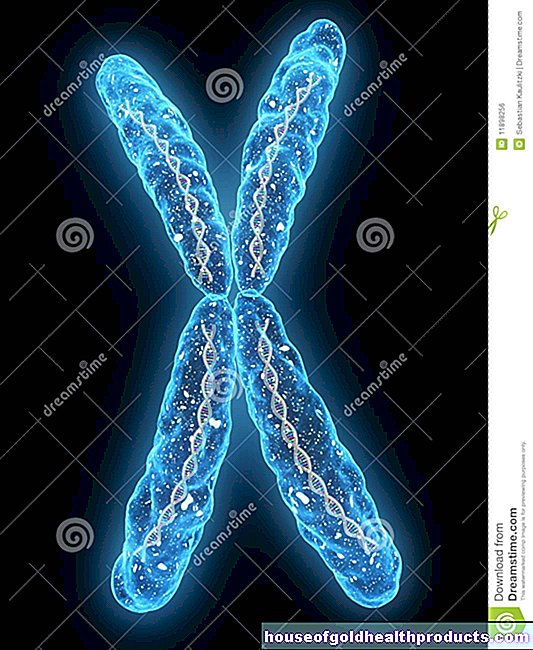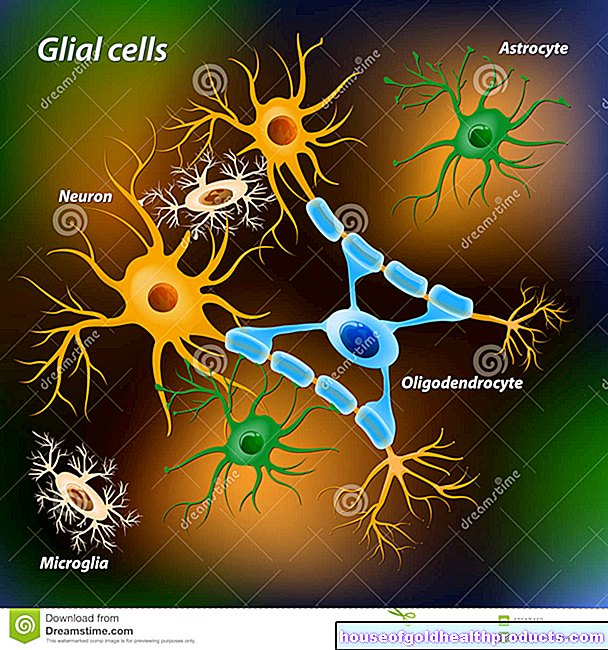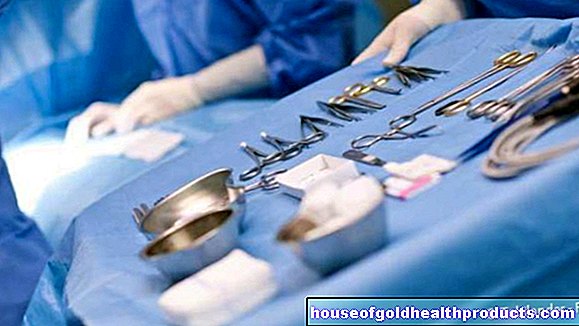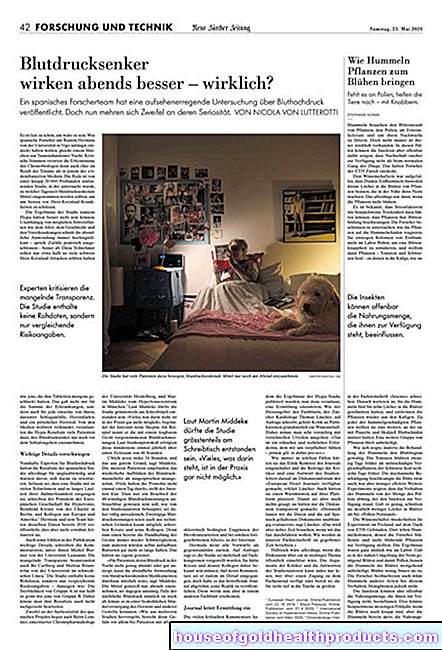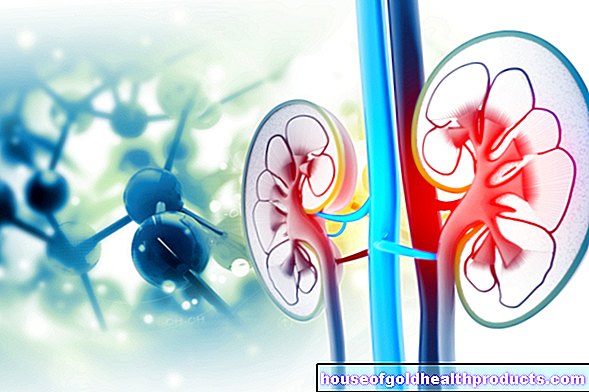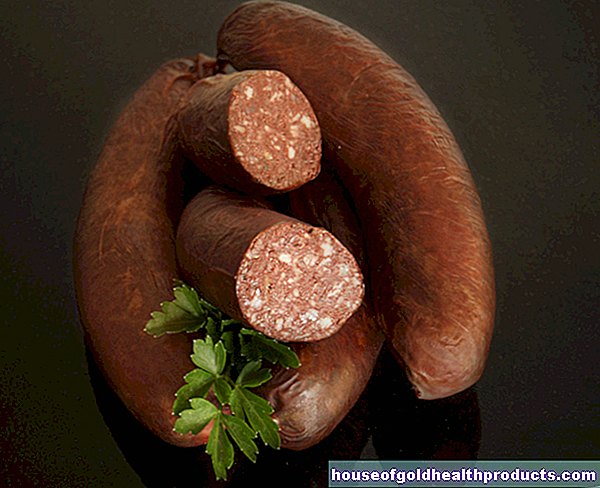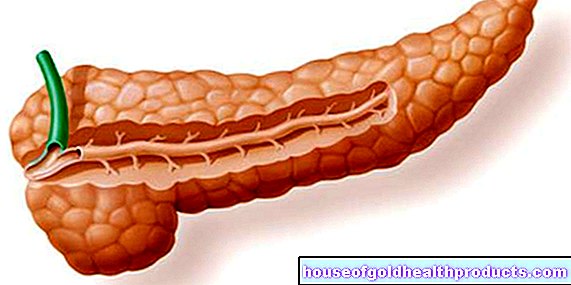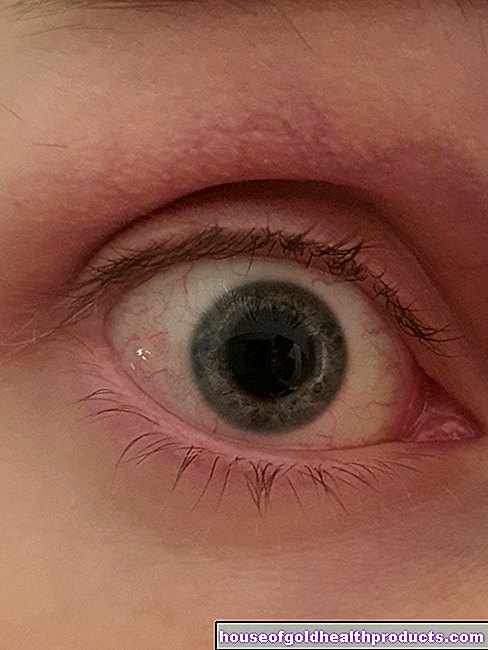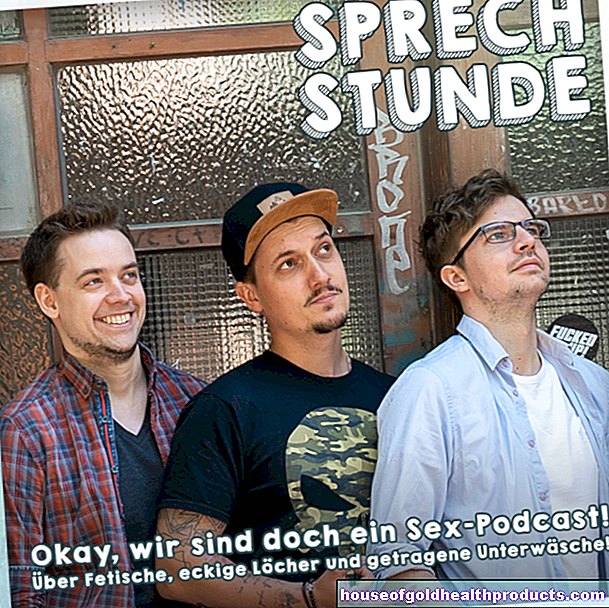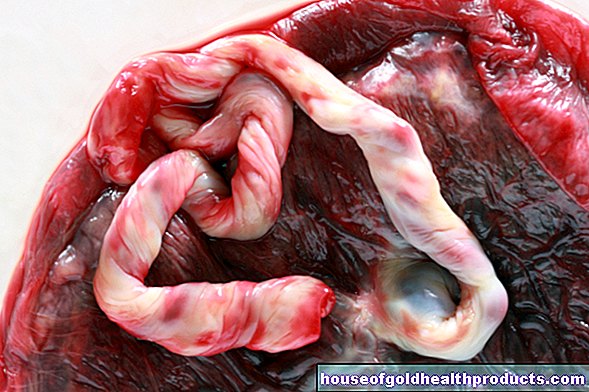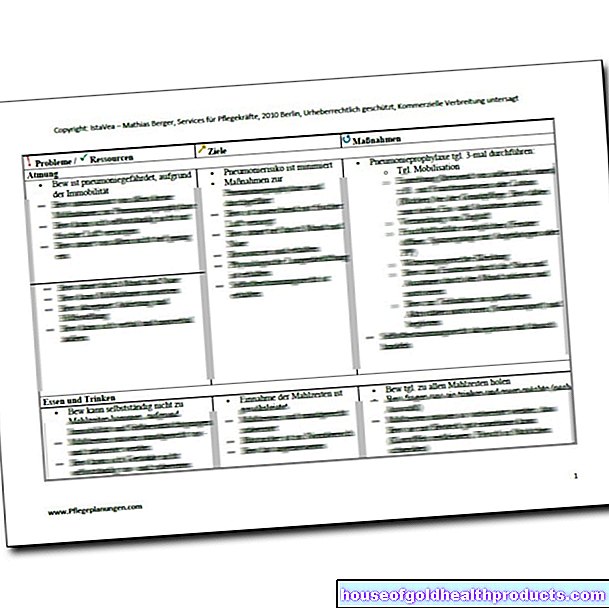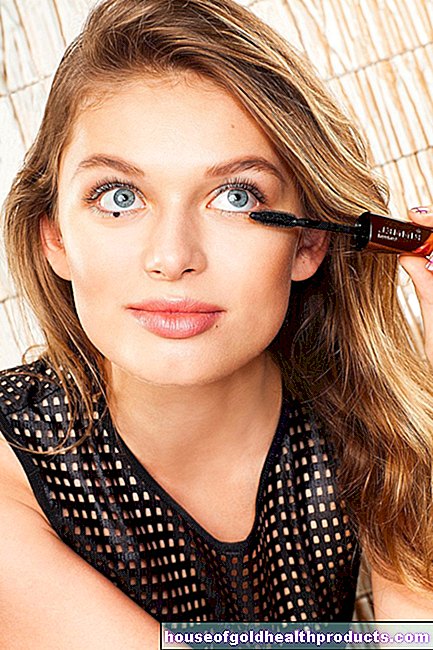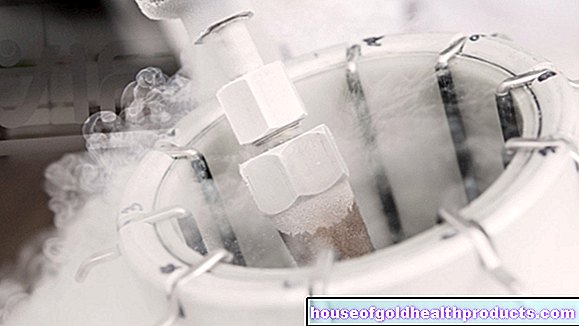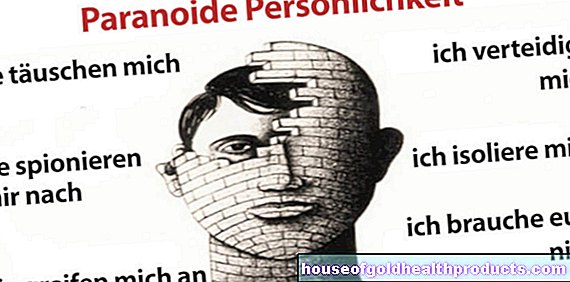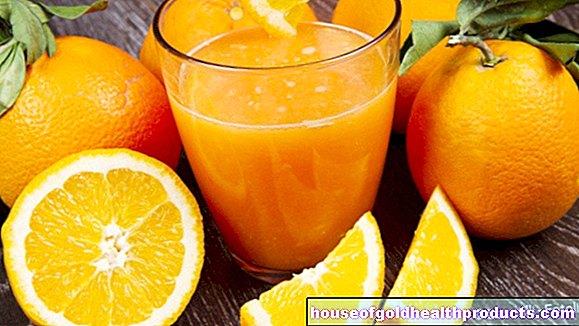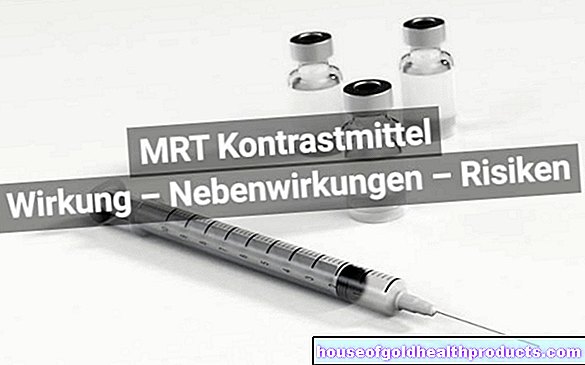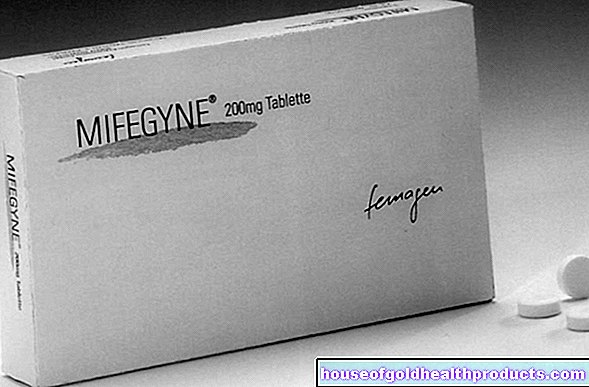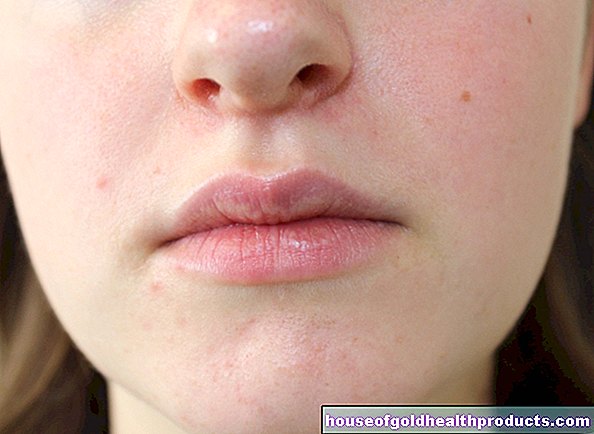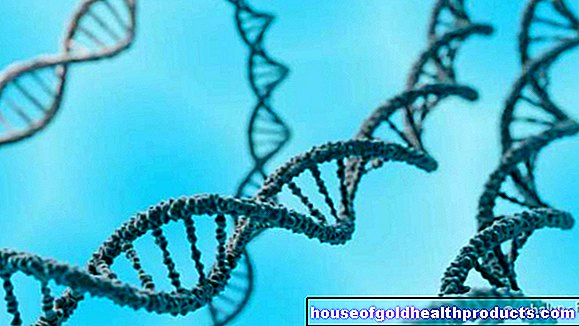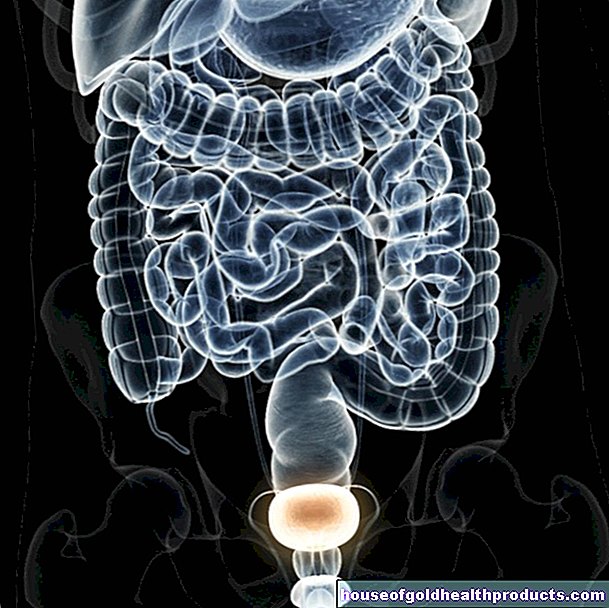What are generics?
All content is checked by medical journalists.Generics (singular: generics) are copies of the same active substance (copycat drugs) of drugs that are already on the market and whose patent protection has expired.

Newly developed drugs are protected by patents for twenty years. During this time, the pharmaceutical company may exclusively sell its original preparation and determine its price. The manufacturer tries to recoup the high costs of researching and developing the new active ingredient. However, manufacturers usually register a patent for a new active ingredient while it is still in development. As soon as it hits the market, part of the twenty years will be over.
After the patent protection expires, the manufacturer of the original preparation must publish his research results on the active substance in question. Other manufacturers can then use this information to produce the active ingredient and bring it to market as a generic.
There is now one or more generic drugs for almost every drug whose patent protection has expired. This applies to both over-the-counter preparations such as light headache medication and prescription drugs such as preparations for high blood pressure, kidney failure, diabetes or even cancer.
Therapeutically equivalent
The generic manufacturers must prove to the regulatory authorities that a generic corresponds to the original in terms of quality and effectiveness. However, this does not have to be done in large clinical studies and toxicological investigations, rather a so-called bioequivalence proof is sufficient. Accordingly, the generic and the original are considered bioequivalent - that is, as therapeutically equivalent - if the human body absorbs the active ingredient from the generic at approximately the same rate and in approximately the same amount as that from the original (bioavailability).
The word "approximately" already makes it clear that the legislature allows a certain range of fluctuation: it is between 80 and 125 percent. For example, the active ingredient from the generic may only be absorbed to 90 percent or 115 percent compared to that from the original. In practice, however, the deviation for most copycat drugs is only about five percent.
In many cases, this small deviation does not play a major role. With some drugs, however, it depends on the exact speed of action. In these cases, the authorities can set the tolerance range closer.
A tolerance range for bioequivalence is necessary because the rate and amount of absorption of an active ingredient can vary slightly from person to person. Gender and age, for example, have an influence on this. Accordingly, the measurement results for the individual subjects of a bioequivalence test often turn out differently.
Same dosage form
Generics must have the same dosage form as the original. However, for example, all preparations taken orally (i.e. via the mouth) are regarded as the same. This means: if the original is a tablet, the generic can and may also come on the market as a capsule or dragee.
Differences between generics and originals
There may be differences between a generic and its original preparation in the additives added (e.g. preservatives and colorings) as well as in the manufacturing process. The further development of the added auxiliaries and / or the manufacturing process can improve the copycat product in some ways. As a result, it can, for example, have a longer shelf life, be easier to dose or, for some people, be better tolerated than the original preparation.
In addition, the generic can become the sustained-release version of the original through a modified preparation: The active ingredient is then not released quickly and in one go, as is the case with this one, but slowly and continuously. This ensures a constant level of active ingredient. In such cases, however, the generic, like the original, must undergo extensive clinical studies on humans before it can be approved.
Why generics are cheaper than originals
Generic providers develop their copycat products based on the research results of the original manufacturer. In principle, only the costs for the production or modification of the preparation are incurred here (e.g. other auxiliary materials). The original manufacturer has already borne the enormous costs of researching and developing the active ingredient itself.
The approval of a generic drug is also much cheaper: bioequivalence tests, as prescribed for generic drugs, are less complex and much cheaper than the clinical studies that the original preparation has to undergo.
All in all, generic suppliers have to invest much less money in their product than the manufacturer of the original preparation. You can therefore also offer it much cheaper.
In terms of pricing, however, a second factor is also decisive: As soon as the patent protection for an active ingredient has expired, several generic manufacturers usually try to sell their copycat products successfully at the same time. And as in other industries, the same applies here: more competition - lower prices.
Savings in the health system
The copycat drugs now cover 75 percent of the total drug requirements of the statutory health insurance funds (GKV), but make up less than ten percent of the drug expenditure. So if doctors prescribe cheaper generics instead of the original preparations, this means savings for health insurers and a relief for the health system.
Therefore, the Federal Ministry of Health has come up with a regulation to promote the prescription of generic drugs and thus reduce drug expenditure - the so-called "Aut-idem" rule for statutory health insurance companies: If a doctor crosses the "Aut-idem" on a drug prescription Box is not checked, the pharmacist must give the patient one of the three cheapest alternative preparations instead of the prescribed (original) medication. This preparation must contain the same active substance as the prescribed medication and have the same strength and pack size. In addition, it must be approved for the same area of application and have the same or a comparable dosage form.
In addition, the fixed price regulation for prescription drugs aims to curb the enormous increase in drug spending. For certain groups of active ingredients (e.g. beta blockers, cholesterol-lowering statins), maximum amounts have been set which are reimbursed by the statutory health insurance companies. If the price of a drug exceeds the fixed amount, the insured person has to bear the additional costs himself - in addition to the statutory additional payment of usually five to ten euros per pack, which is already applicable.
However, this additional payment is often omitted for cheap drugs (such as generics): If the price of a drug is at least thirty percent below the fixed amount, it is exempt from the statutory additional payment. With this regulation, the legislature wants to ensure that patients ask their doctors to prescribe particularly inexpensive drugs.
Another potential for savings arises from the competitive effect: if several generics and the original preparation compete with one another, the overall prices fall.
Generic drugs for children
So far, there are only a few drugs on the market that have been specially developed and approved for children. That is why the little ones usually take drugs that are actually intended for adults - both original preparations and the respective generics. The dose is simply reduced accordingly for the young patients, whereby the experience of the doctor counts above all.
But children are not little adults - their bodies often process drugs differently than those of the grown-ups. For this reason, the EU issued a new regulation in January 2007: Since then, pharmaceutical manufacturers have had to test new (not yet approved) preparations as well as those that are still under patent protection on minors and submit the study results to the approval authorities. In return, the patent protection is extended by six months in both cases (even if the tests on minors were negative and the preparation is not approved as a pediatric drug).
Generics, among others, are exempt from this requirement. The EU has come up with something else for them: pharmaceutical companies can subsequently adapt a drug that was developed for adults for children (in dose, dosage form, etc.). The Pediatric Committee of the European Approval Authority EMEA defines its own test procedure for minors. The pediatric medicinal product then receives a special approval, a so-called PUMA (Pediatric Use Marketing Authorization).
In addition, the manufacturer is "rewarded" with a ten-year document protection: other generic drug providers are only allowed to view the research documents after this period has expired, to refer to the studies on minors there and to recreate the children's preparation. With this, the EU wants - for ethical concerns - to prevent a second manufacturer from carrying out the same tests on children in order to bring an analogue children's generic onto the market.

